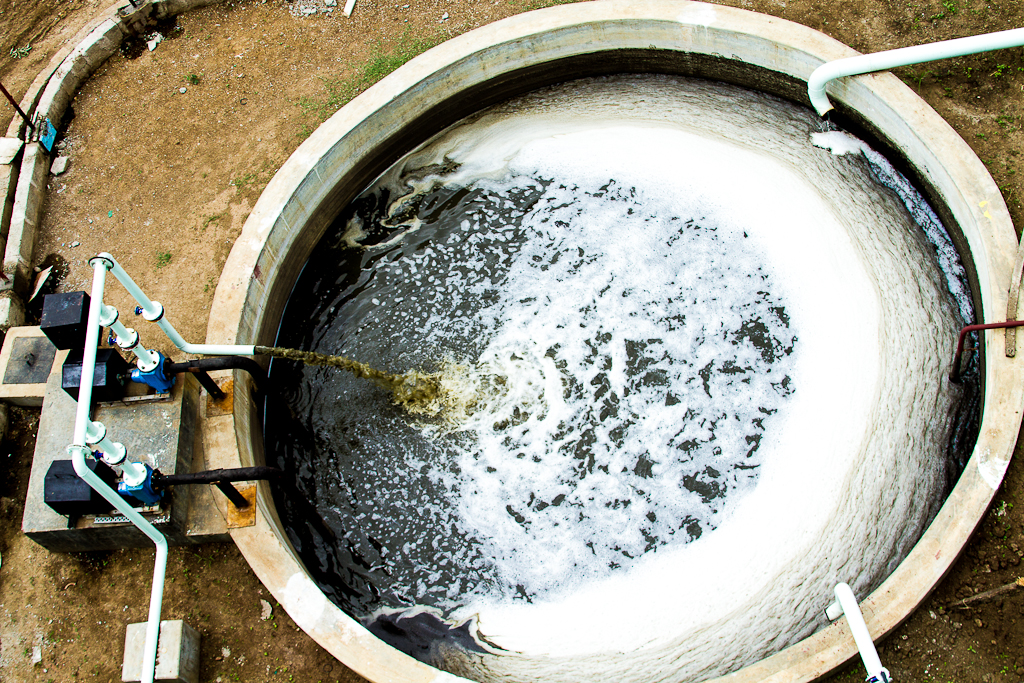Cholera remains a public health challenge in Kenya.
To better understand its dynamics, a team of scientists from the International Livestock Research Institute (ILRI), the Kenya Medical Research Institute, Ohio State University, the University of Nairobi and Washington State University analyzed Vibrio cholerae genomes from clinical and environmental samples collected during the 2022–23 outbreak.
The study is published in Frontiers in Microbiology (July 2025).
These strains were compared with historical genomes from Kenya, Uganda, Tanzania and Haiti to inform strategies for cholera prevention, control, and elimination in Kenya.
Sampling and analysis
Clinical (stool) and environmental (wastewater, drinking water and household effluent) samples were collected from Nairobi County.
Samples were analyzed for V. cholerae using culture and real time polymerase chain reaction.
The 17 environmental and 70 clinical isolates were then subjected to phenotypic antimicrobial susceptibility testing using the Kirby-Bauer disk diffusion method.
Whole genome sequencing was employed to characterize the genome, detect antimicrobial resistance genes, virulence factors, and mobile genetic elements.
Phylogenetic analysis was performed to assess the genetic relationship and diversity of isolates from 2022 to 2023 outbreak, comparing them with isolates from historical outbreaks.
Key findings
Clinical isolates carried key virulence genes (ctxA, ctxB7, zot, and hlyA) and were 100% resistant to multiple antibiotics, including ampicillin, cefotaxime, ceftriaxone, and cefpodoxime, but remained susceptible to gentamicin and chloramphenicol.
In contrast, environmental isolates lacked ctxB gene but harbored toxR, als, and hlyA, showing variable antibiotic resistance (59% to ampicillin, 41% to trimethoprim-sulfamethoxazole, and 47% to nalidixic acid).
All clinical isolates from 2022 to 2023 outbreak harbored IncA/C2 plasmids and several antimicrobial resistance genes including blaPER–7.
Phylogenetic analysis revealed high genetic diversity in environmental strains, clustering outside the 7th pandemic El Tor lineage, while clinical isolates were highly clonal.
Genomes from 2022 to 2023 outbreak were closely related to Kenyan cholera outbreak genomes from 2016 (15 single nucleotide polymorphisms, T13 lineage).
Conclusion
The 2022–2023 outbreak likely resulted from re-emergence of previously circulating strains rather than a new introduction.
While the role of environmental reservoirs as a source of human infection remains unclear in our study, environmental isolates possess virulent and antimicrobial resistance genes that may spread via horizontal gene transfer.
This highlights the need for continuous genomic surveillance to monitor V. cholerae evolution, track transmission patterns, and mitigate the spread of antimicrobial resistance.
Citation
Mageto, L.M., Aboge, G.O., Mekuria, Z.H., Gathura, P., Juma, J., Mugo, M., Kebenei, C.K., Imoli, D., Ongadi, B.A., Kering, K., Mbae, C.K. and Kariuki, S. 2025. Genomic characterization of Vibrio cholerae isolated from clinical and environmental sources during the 2022–2023 cholera outbreak in Kenya. Frontiers in Microbiology 16: 1603736.
Photo: Wastewater ready for pumping into a biogas digester (ILRI/Albert Mwangi)

